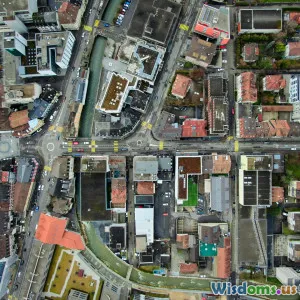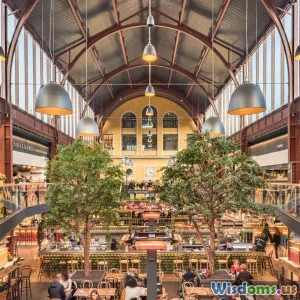
Comparing Classic and Contemporary Walkable Cities
16 min read Explore the differences and similarities between classic and contemporary walkable cities, highlighting urban design, lifestyle, and infrastructure. (0 Reviews)
Comparing Classic and Contemporary Walkable Cities
Modern city dwellers and urban planners alike are captivated by the dream of moving effortlessly through vibrant, accessible neighborhoods—a dream realized most elegantly in so-called walkable cities. Walkability is not merely a lifestyle perk; it's a catalyst for social interaction, sustainable transport, and a thriving local economy. But as we gaze across centuries of urban development, how do today’s contemporary walkable cities stack up against the timeless classics that have been models for generations? Let’s examine what makes classic and contemporary walkable cities function, where their strengths and weaknesses lie, and what lessons they share for the cities of tomorrow.
The Foundations of Walkability
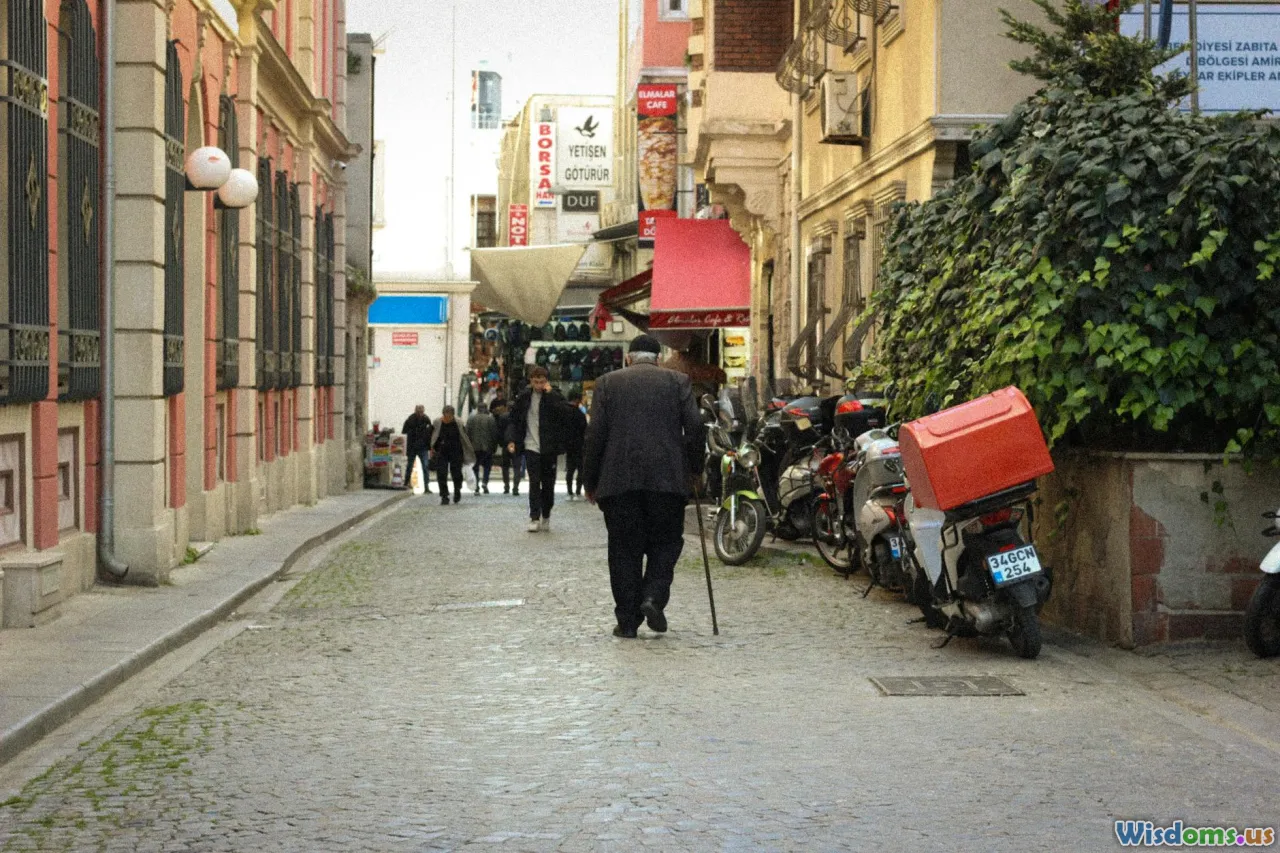
Walkability refers to how friendly an area is for walking, including factors like safe sidewalks, proximity of amenities, and a pleasant streetscape. The concept is far from new. Ancient cities—from Athens to Florence—grew organically with pedestrians at their core, long before the car was a consideration. In contrast, many contemporary walkable cities are often the result of retrofits and intentional urban design, striving to undo decades of car-centric planning.
For example, Venice, Italy is synonymous with classic walkability. Its labyrinthine alleys, grand piazzas, and absence of cars leave the entire city open to exploration on foot or by boat. Such environments naturally encourage walking while fostering community interaction and minimizing pollution. In North America, before the explosion of suburbia, early cities like Boston and New York were built at a human scale with interconnected, grid-like streetscapes, making walking not only possible but often preferable.
The contemporary movement towards walkability often involves projects like reclaiming street space from vehicles, adding protected bike lanes, or creating pedestrian-oriented mixed-use zones. The “15-minute city” concept, for instance, posits that all daily needs should be accessible within a quarter-hour walk or bike ride—echoing the logic of historic urbanism.
Physical Layout: Evolution or Revolution?
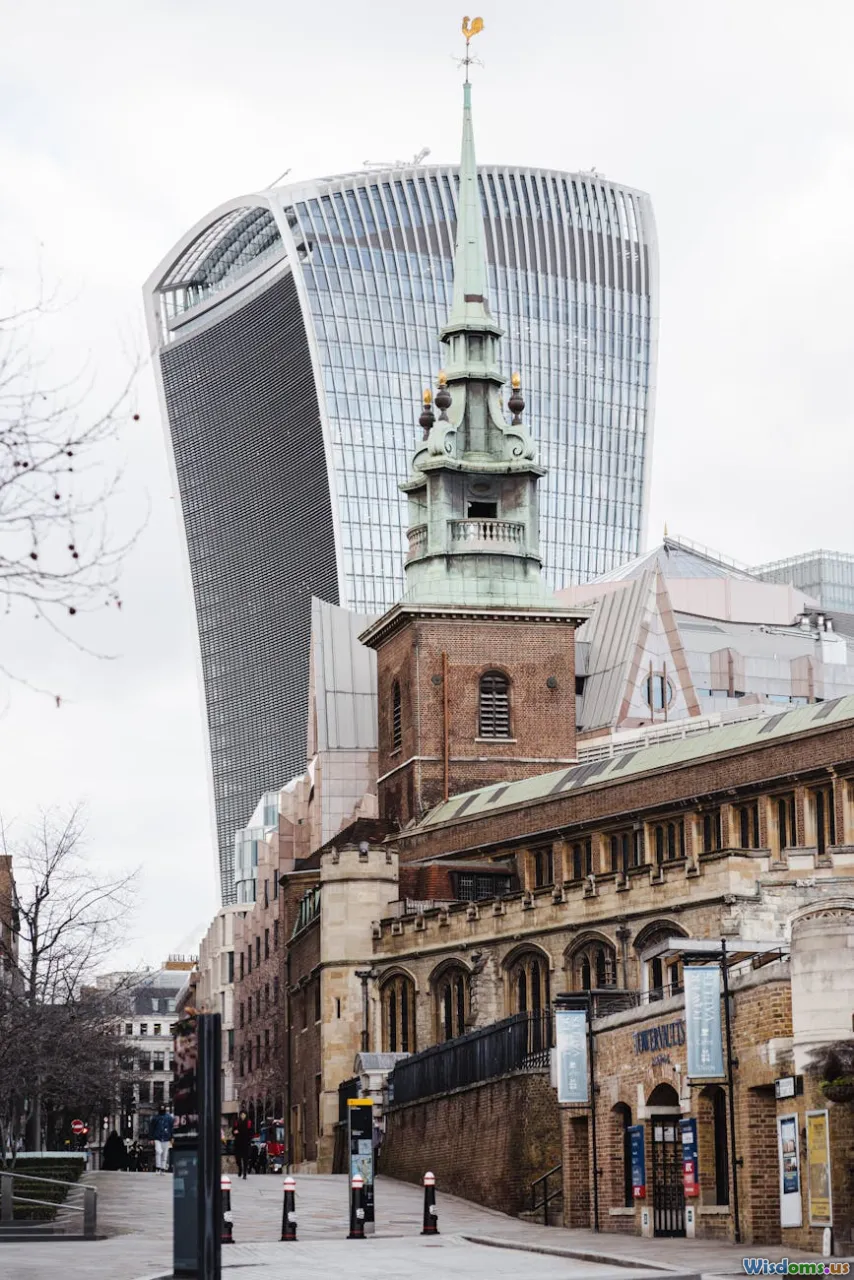
A city’s physical design plays a decisive role in its walkability. Classic cities such as Paris or Amsterdam are the product of evolutionary growth, resulting in organic street patterns, narrow roads, and high-density, mixed-use buildings. These organic layouts inadvertently produce a rich urban fabric, where every twist and turn may introduce a new bakery, gallery, or pocket park.
In stark contrast, many newer cities, especially those in North America post-1950, feature car-focused urbanism: wide roads, segregation of residential and commercial uses, and zoning that often isolates destinations far apart. However, contemporary models are bucking that trend. Take Portland, Oregon: after embracing urban growth boundaries and prioritizing cycling and mass transit, it's been recognized as a leader in North American walkability.
Singapore offers another fascinating case: while not historic in the European sense, its planners deliberately structured transit, green spaces, and mixed-use developments to nurture walkable neighborhoods. New districts like Marina Bay integrate offices, shops, homes, and parks in close proximity, connected by shaded pedestrian corridors.
Streetscapes and the Pedestrian Experience

Imagine wandering through Barcelona’s Eixample district with its sun-dappled boulevards and grid punctuated by chamfered corners—a design that invites lingering, people-watching, and spontaneous social encounters. In classic cities, the streets became social stage sets, equipped with cafés, benches, shade trees, and street vendors.
Contemporary cities have been quick to copy these successes. For instance, Copenhagen’s central Strøget pedestrian zone demonstrates how car-free corridors can regenerate urban energy, draw business, and increase safety. Similarly, the city of Melbourne, Australia, pushed the renaissance of its downtown by transforming underused laneways into bustling secondary streets packed with art, dining, and nightlife.
However, even modern developments sometimes miss the mark, with oversized plazas or windswept, empty sidewalks that look inviting on paper but lack the density of amenities, active storefronts, or seating needed for lively street life. The lesson, whether from a classic village piazza or a new urbanist development, is that people linger and walk where the environment rewards them with comfort, safety, and community.
Accessibility: Lessons from Inclusivity
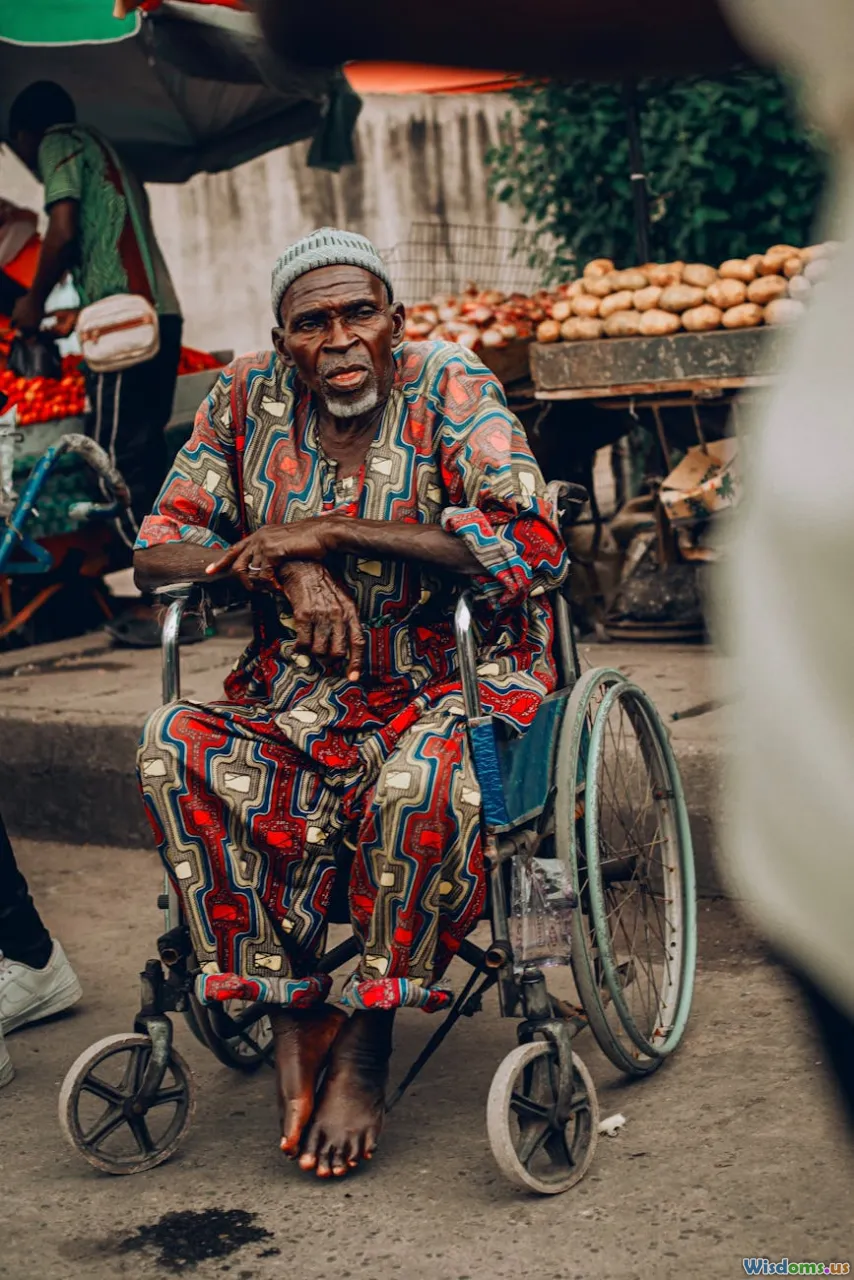
Walkability is fundamentally about movement for all ages and abilities. Classic cities weren’t originally designed with ramps or tactile paving, yet their compactness and mixed-use nature supported those with limited mobility through sheer proximity.
Contemporary walkable cities consciously address accessibility in a more systemic manner. Stockholm, for example, has invested heavily in curb cuts, tactile signage, and universally designed transit. Vancouver, Canada, consistently tops rankings for accessible and walkable environments, integrating inclusive design standards into all new developments.
Yet, both classic and contemporary examples share ongoing equity challenges. Older European cities, with their cobblestones and stairs, can frustrate wheelchair and stroller users—while newer “walkable” districts might remain inaccessible for other reasons, like unaffordable housing near walkable areas or insufficient benches and shade.
Actionable tip: Urban dwellers and planners should evaluate not just whether spaces are walkable, but also for whom. Regular walk audits with a diverse range of participants can reveal hidden barriers and spark improvements for all.
Economic and Social Impacts of Walkable Design

Classic walkable cities evolved symbiotically with local commerce—wherever foot traffic concentrated, little shops, markets, and eateries thrived. Take Florence, Italy: the city’s bustling Mercato Centrale is a centuries-old hub that sustains artisans, farmers, and the neighborhood economy.
Research from the Project for Public Spaces shows that walkability stimulates retail sales and attracts investment, benefiting both small business owners and larger employers. Contemporary cities leverage this, too. In Madrid, the revitalization of the Malasaña district’s walkable streets led to a boom in creative industries and boutique retail.
But the impact goes deeper than economics. Walkability fosters the sense of “eyes on the street” noted by urbanist Jane Jacobs—communities where residents feel invested in public spaces, informal social control enhances safety, and people know their neighbors. Recent studies from the American Journal of Preventive Medicine link walkable environments to lower rates of social isolation and improved mental health.
Sustainability and Green Urbanism
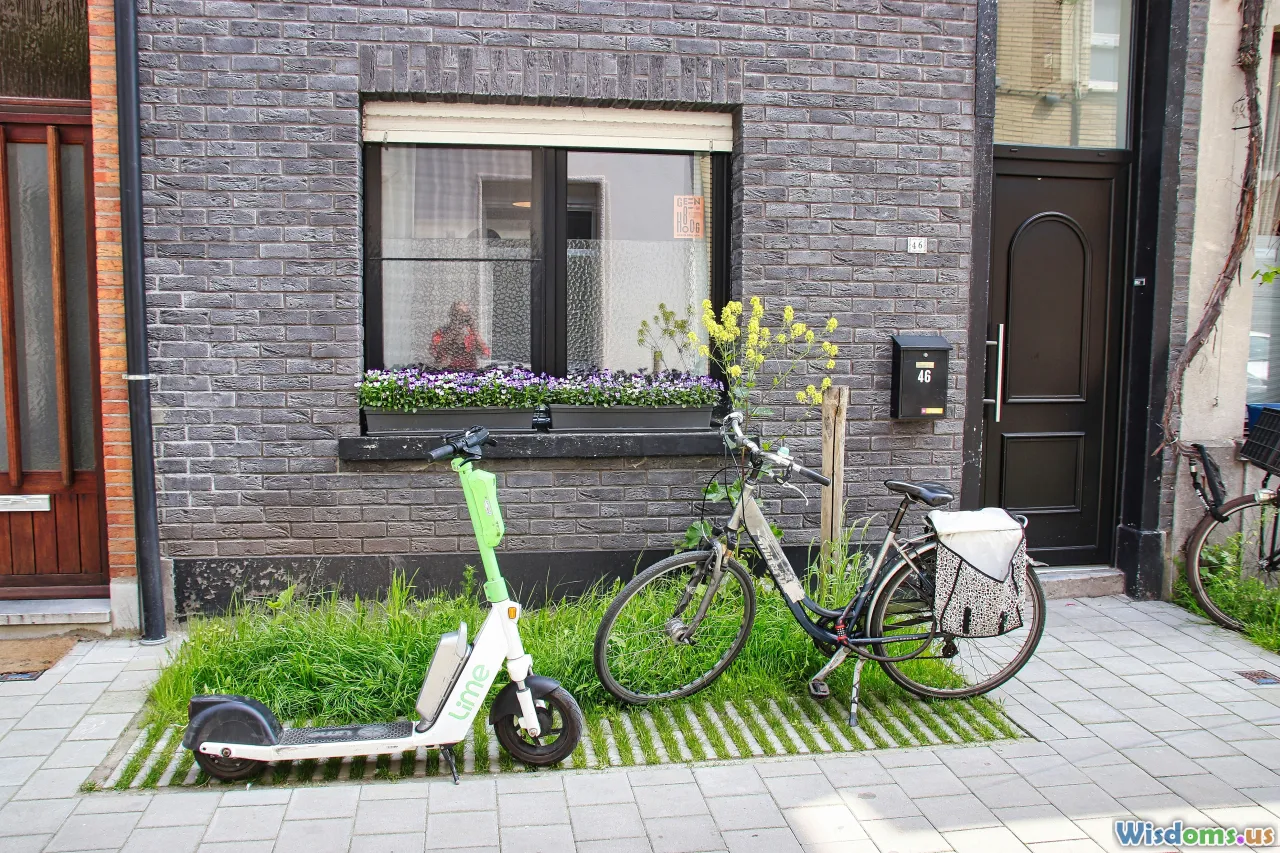
Classic walkable cities were, by necessity, green: short distances reduced the need for fuel, while passive climate control—think shaded arcades and compact housing—curbed energy use. Today’s environmental context, however, is far more dire.
Contemporary walkable cities aggressively integrate sustainable features: safe cycling infrastructure (as seen in Utrecht); stormwater-absorbing green streets (Portland); urban agriculture projects (Havana, Cuba); or solar-powered street lighting (Barcelona). Larger-scale efforts such as London’s Ultra Low Emission Zone pair pedestrian infrastructure with policies to drastically reduce auto emissions in city centers.
It’s not all smooth sailing. Some cities, especially those growing rapidly in the developing world, struggle with poverty and pollution, making simple walkability a challenge. However, the most successful walkable cities see green infrastructure as essential, not a luxury. Their leadership demonstrates that investments in parks, trees, and public plazas enhance both livability and resilience, improving air quality and mitigating heat island effects.
Technology, Data, and Urban Innovation
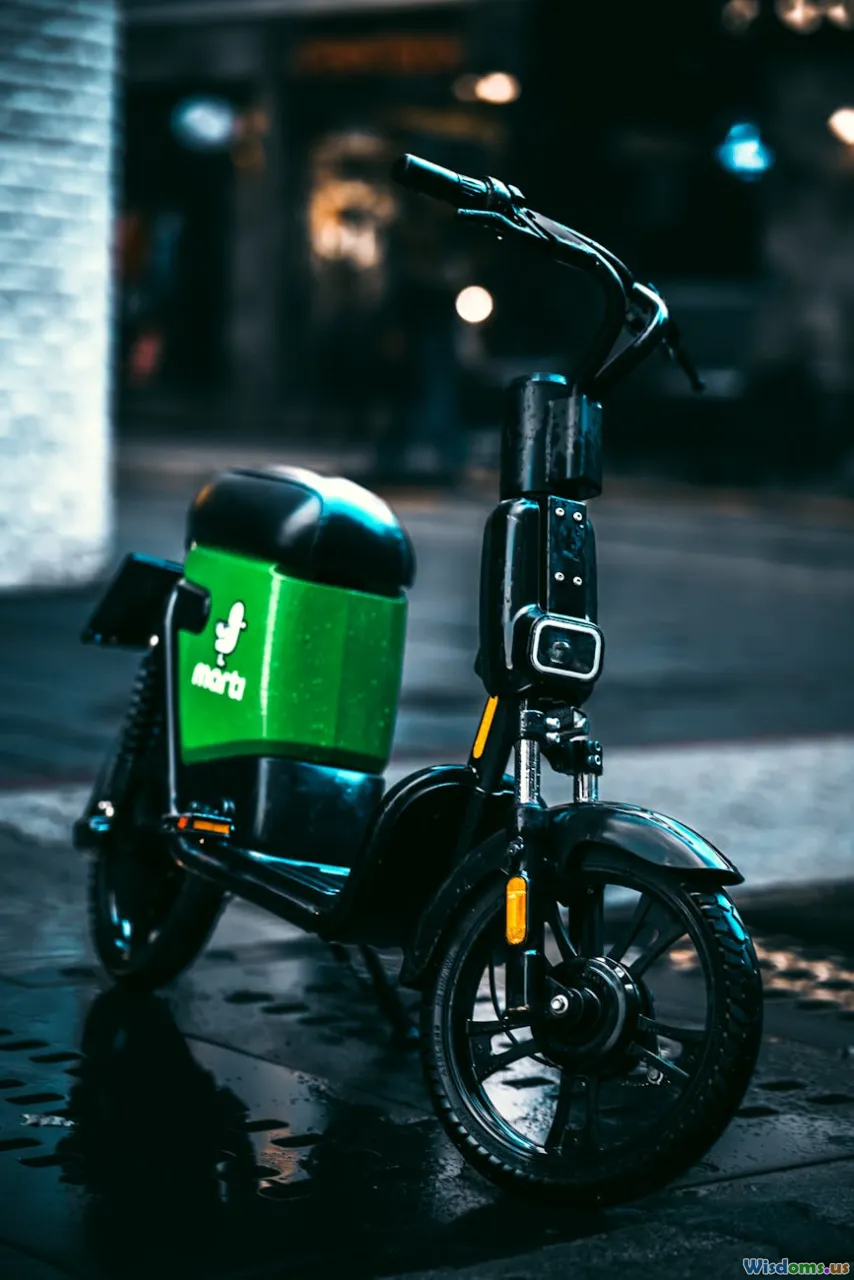
One of the sharpest contrasts between classic and contemporary walkable cities is the role of technology.
Older walkable cities functioned without real-time information, flexible micro-mobility, or geolocated social media updates. Navigation was analog—through local knowledge and word of mouth. By contrast, contemporary efforts often harness digital tools: mobile apps that identify the safest walking routes, real-time public transit updates (as implemented in Seoul), or sidewalk sensors to study foot traffic flow and inform new street designs.
Many modern cities are also navigating the impact of delivery robots, bike- and scooter-share schemes, and even autonomous vehicle testing. Issues arise, of course: shared e-mobility devices can clutter sidewalks, while navigation apps can inadvertently drive pedestrian traffic through residential areas to the frustration of those who live there. The wisest city administrators collaborate with residents and use data ethically to improve, not impede, the walking environment.
Challenges and Trade-Offs in Creating Walkable Cities
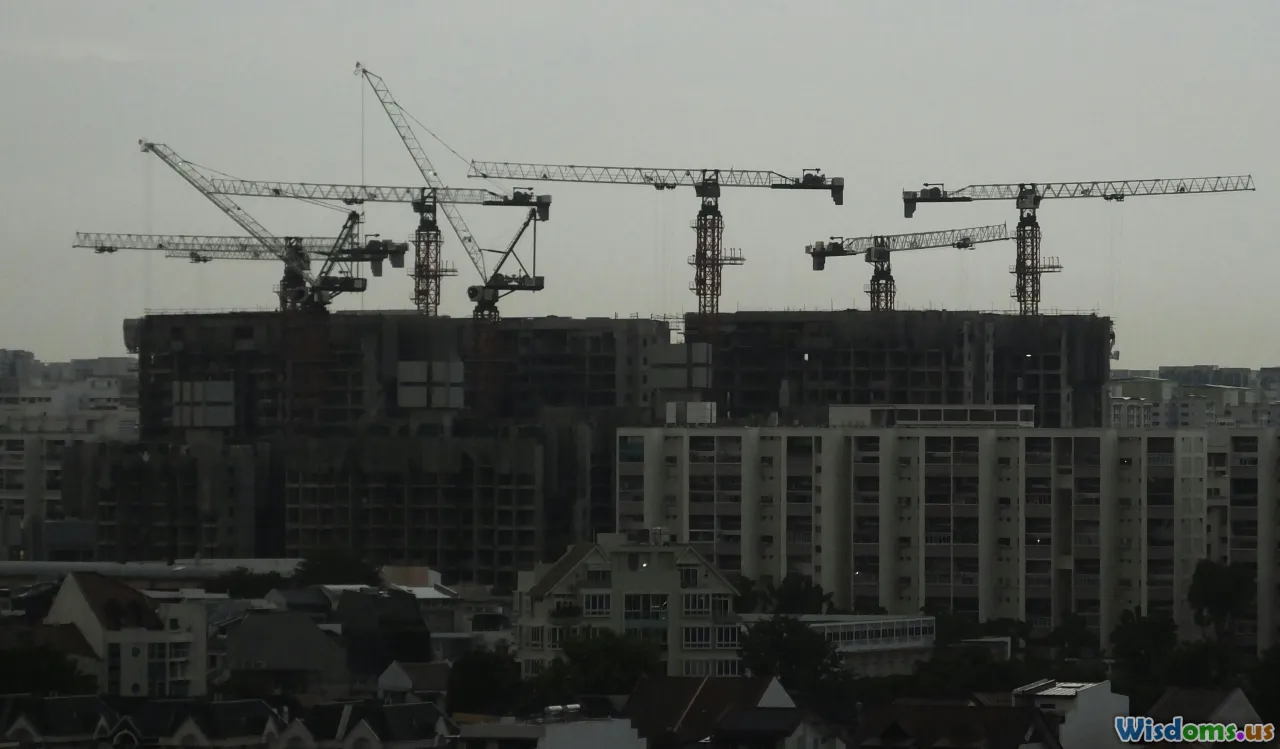
Both classic and contemporary walkable cities face common implementation challenges, though the specifics may differ.
Classic cities must reconcile modern accessibility and infrastructure demands (fiber-optic cables, emergency vehicle access) with the preservation of historic fabric. Venice, for example, struggles with overtourism and rising sea levels that threaten its delicate pedestrian environment. Meanwhile, over-popular walkable districts in cities like Prague and Tallinn can become victims of their own success—priced out for locals and crowded with visitors.
Contemporary walkable neighborhoods are often criticized for susceptibility to gentrification. When a formerly car-oriented district is retrofitted for pedestrians, property values can soar, pushing out long-term or lower-income residents. Additionally, making streets walkable involves trade-offs: repurposing space from cars can trigger backlash, and costs for new amenities can be high.
Policies such as inclusive zoning, affordable housing mandates, and the prioritization of public space expansion seek to counteract these trends.
Lessons for Future Cities: Hybrid Approaches
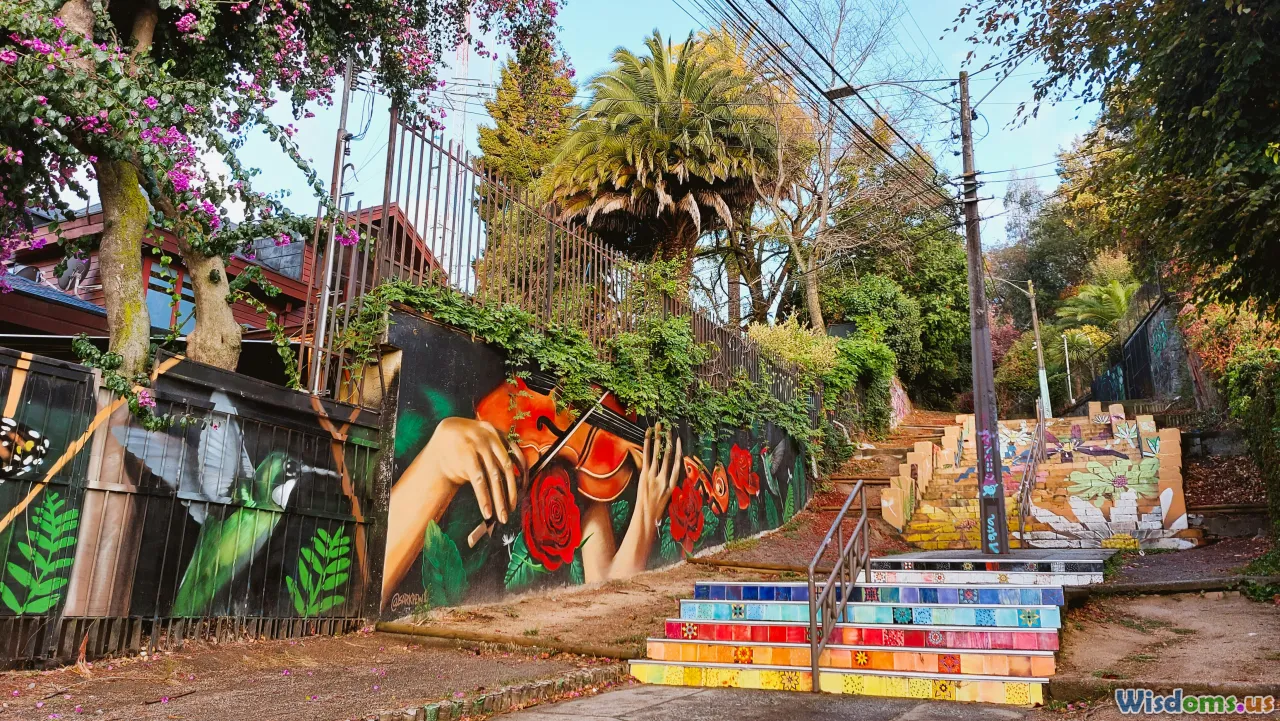
Perhaps the most intriguing trend is the blending of classic and contemporary approaches—a hybridization that seeks to maximize the best qualities of each era.
One standout example is the transformation of New York City’s Times Square. What was once a chaotic taxi-clogged intersection is now a vibrant pedestrian plaza accommodating both the historic fabric of Broadway and the innovative repurposing of roadways for collective urban life.
In Medellín, Colombia, city planners have woven a tapestry of new cable cars, accessible walkways, public art, and green corridors through existing neighborhoods, knitting together fragmented areas and increasing equitable walkability.
But it’s critical that future development learns from both the inclusivity missteps of classic spaces and the sterility or exclusivity of some new urbanist projects. The most successful walkable cities will be those that embrace incremental, people-centered placemaking while leveraging modern tools—advancing foot-friendly infrastructure, participatory design, and environmental consciousness.
Walkability is not simply a classification but a continuum that every community can progress along, borrowing liberally from history and innovation. As we imagine the cities we want to live and thrive in, let’s walk forward—guided by the strengths of both timeless classics and bold contemporary experiments.
Rate the Post
User Reviews
Popular Posts










